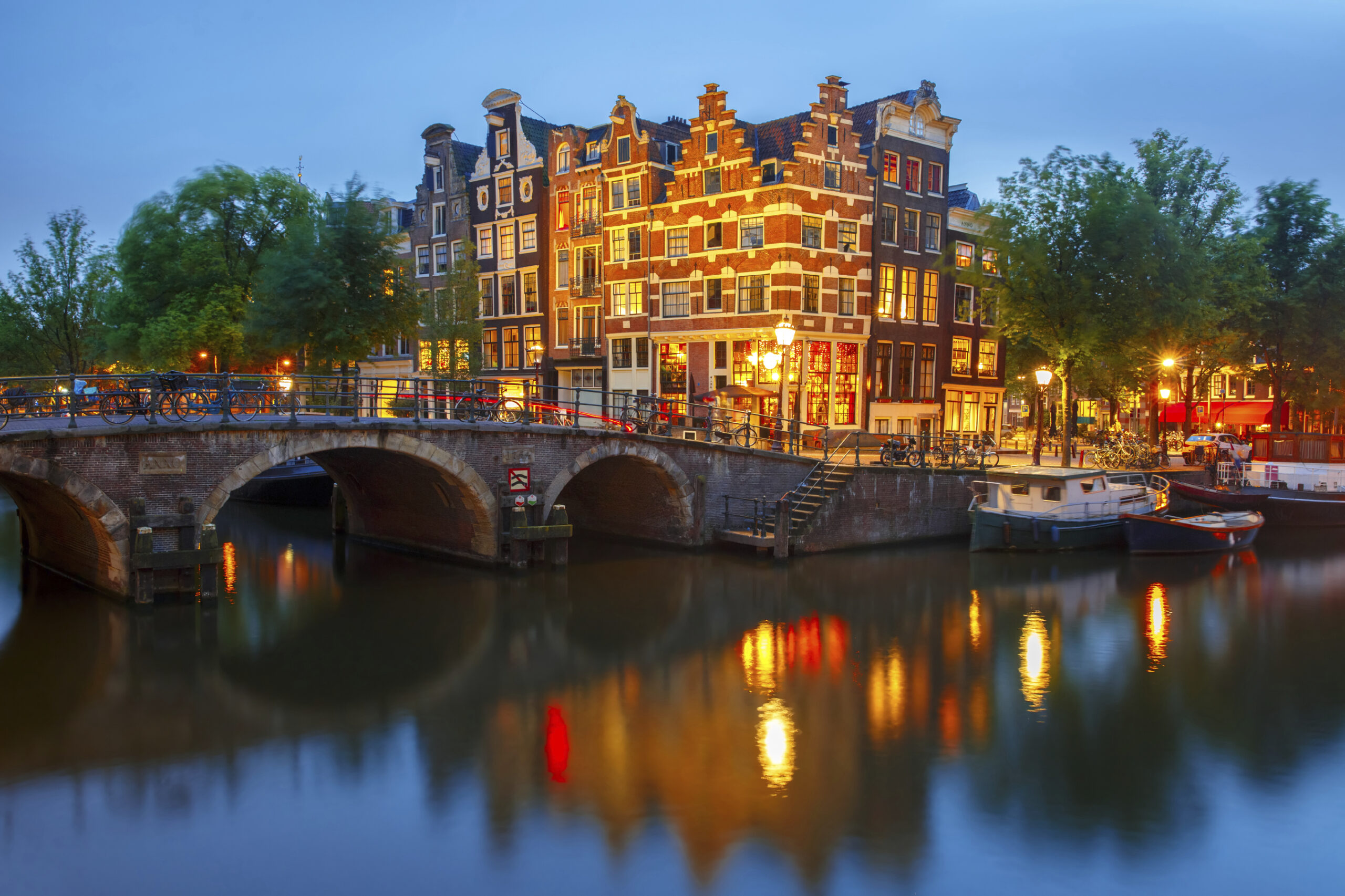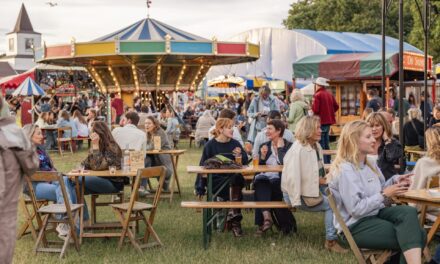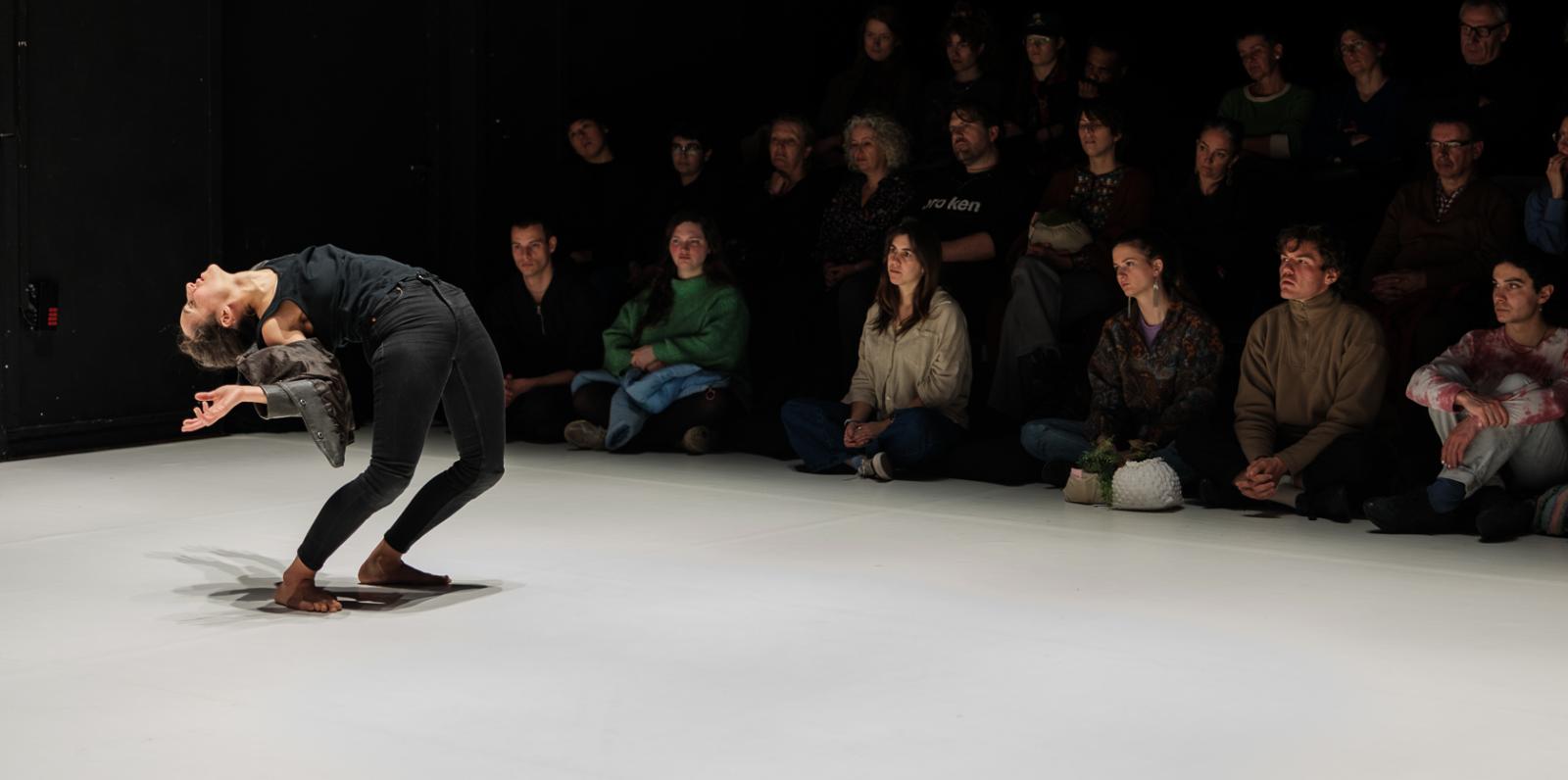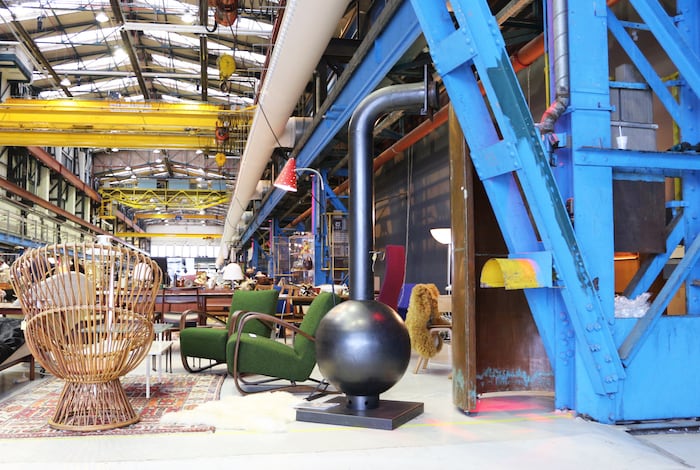Discover the enchantment of Amsterdam’s canal belt: where history meets beauty
To the west of Central Station the four famous canals (Singel, Herengracht, Keizergracht and Prinsengracht) begin their journey in a curving fashion around Amsterdam’s old center. These canals, included by UNESCO in their list of World Heritage Sites, were once the main arteries for much of the traffic in the city and consequently many canal houses were involved in trade.
The first part of the canal-belt, to be finished between 1612 and 1625, was the western part. Nowadays this part goes all the way to Leidsestraat.
The canal-belt is a beautiful and quiet part of Amsterdam that you should experience and enjoy to the fullest. The area is small and full of landmarks. Start your tour by taking a picture of Singel nr.7 (Google Maps), the smallest house-front in the world, measuring less than 1 meter. The front door is the width of the whole front.
The Torensluis (Google Maps), completed in 1648, is a characteristic arch bridge over the Singel and at 42 meters across it is the widest bridge in Amsterdam. The name ‘Torensluis’ refers to the Jan Roodenpoortstoren, which stood on the site from 1616 to 1829. The larger-thanlife bust is of Multatuli (the pen name of Eduard Douwes Dekker), author of “Max Havelaar,” a famous book about abuse and suffering in the Dutch colonies.
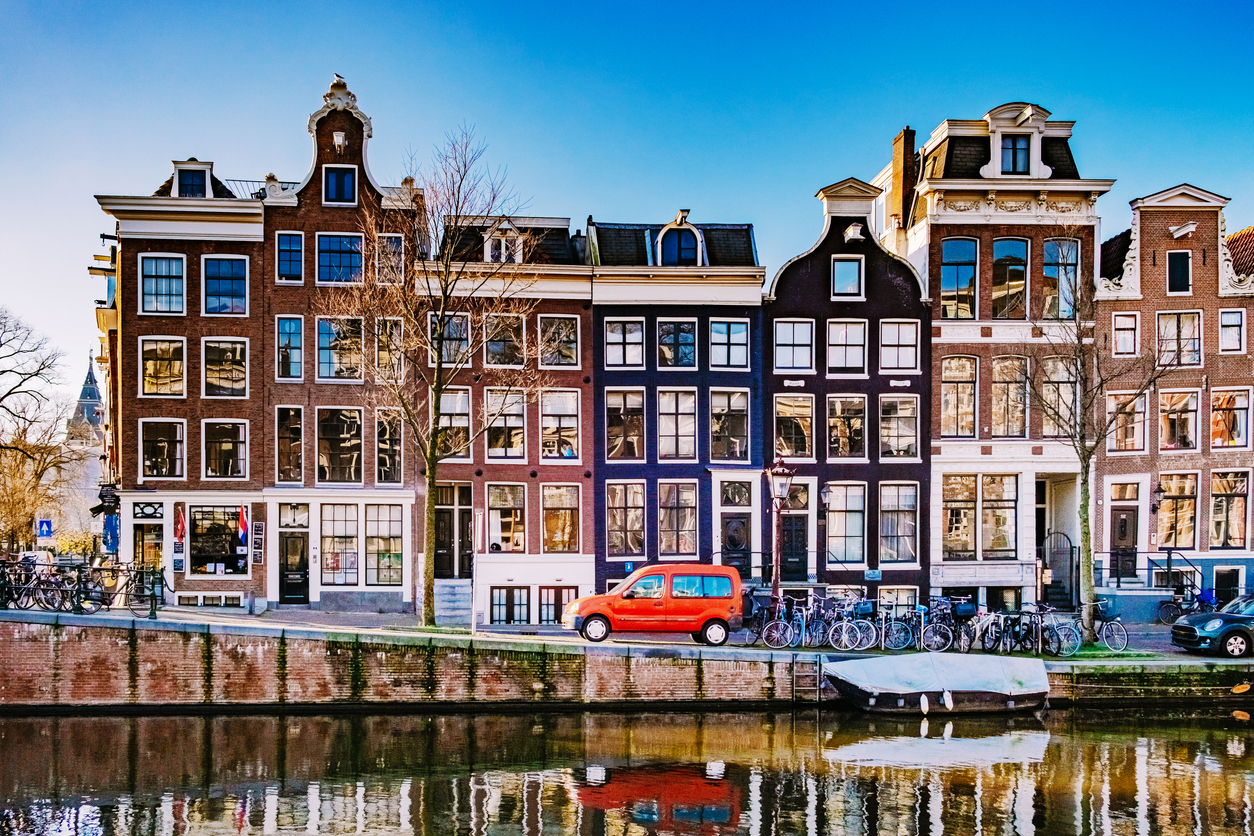
In the olden days in the Grachtengordel (Canal Belt) there was a clear distinction between social classes and between residential and commercial properties. The magisterial canal houses were built by the wealthy merchants of Amsterdam.
Canal houses closer to the old center were considered to be of higher status and were more expensive. This difference in status remains visible today, for example between Herengracht and Prinsengracht. Herengracht has the highest status and Prinsengracht the lowest.
Take the opportunity to explore the interiors of these Amsterdam canal houses at one of the canal house museums, such as the Huis Marseille or the Grachtenhuis (the Canal House).
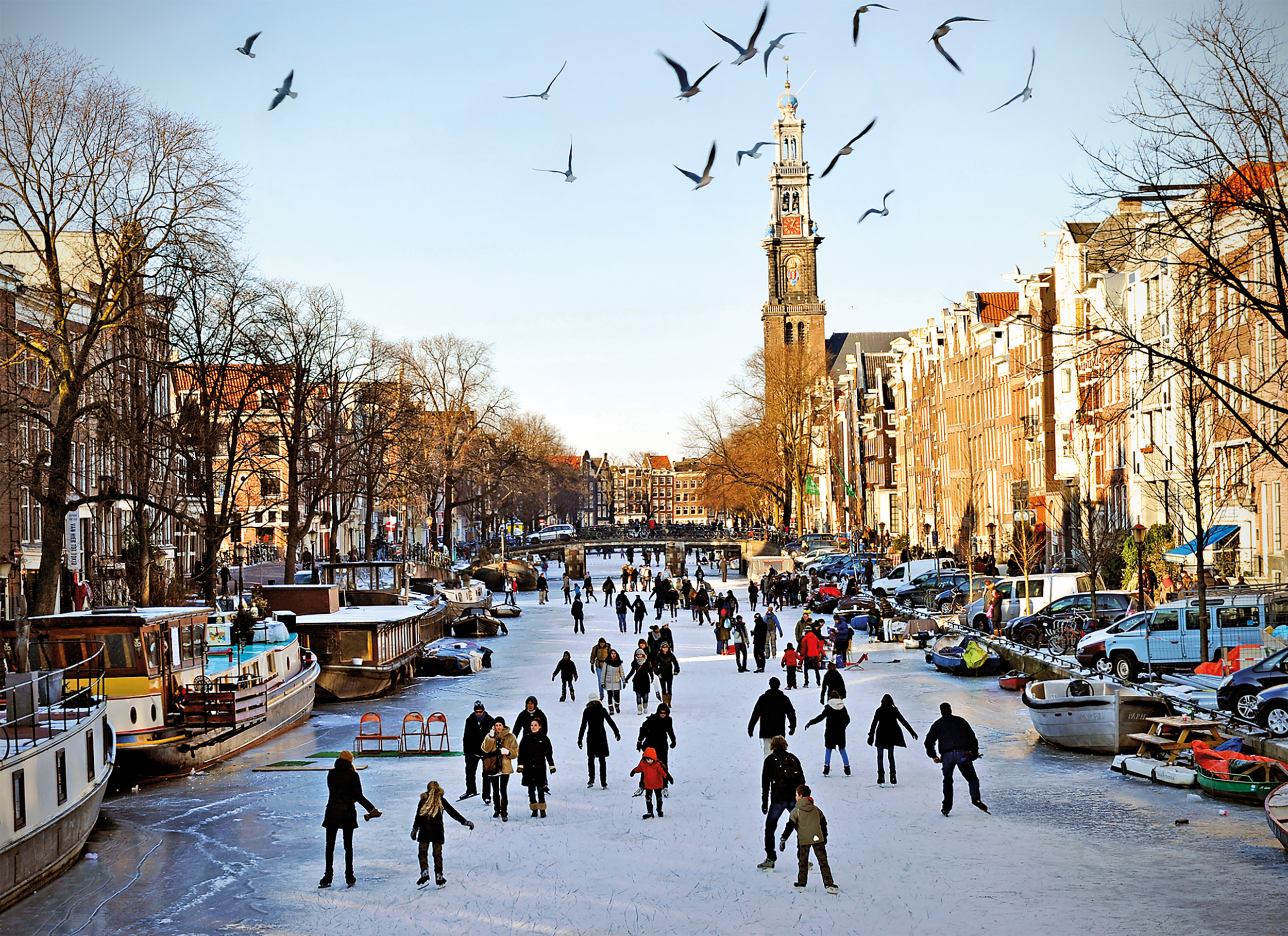
Of course, next to discovering all the beautiful houses and buildings on the canals you should definitely put a visit to the Anne Frank House on your “To-Do list “. Combine a visit to the Anne Frank House with a visit to the Westerkerk. The Westertoren has often been the subject of many famous songs about Amsterdam and is even mentioned in Anne Frank’s famous diary.
During the summer the tower is open to the public up to the first level. Rembrandt van Rijn was buried in the Westerkerk. The exact location of the grave is unknown, but presumed to be somewhere along the northern wall.

